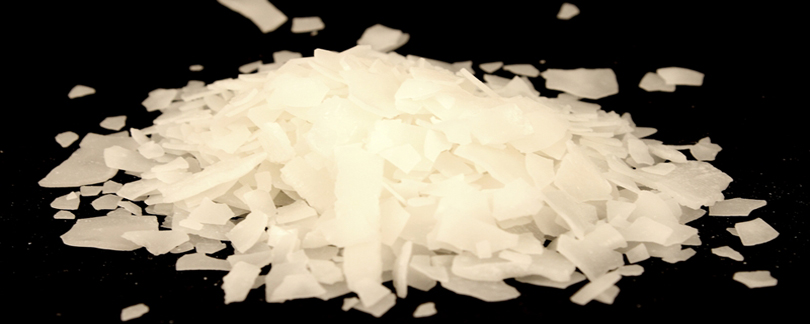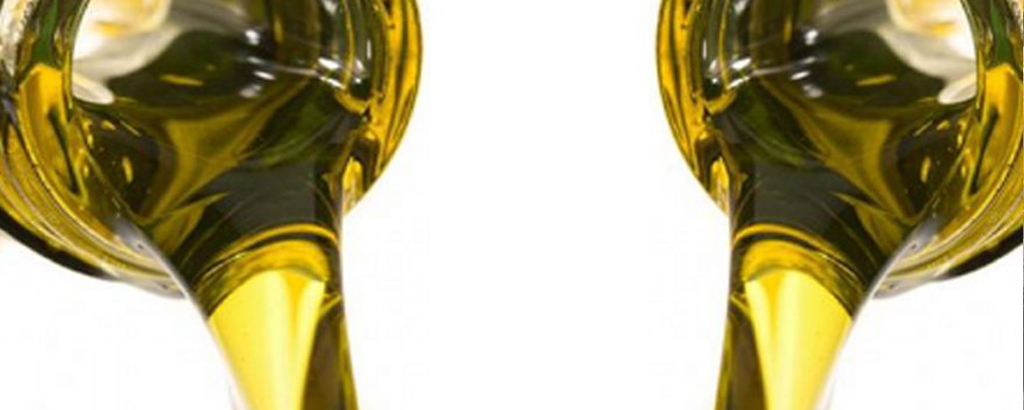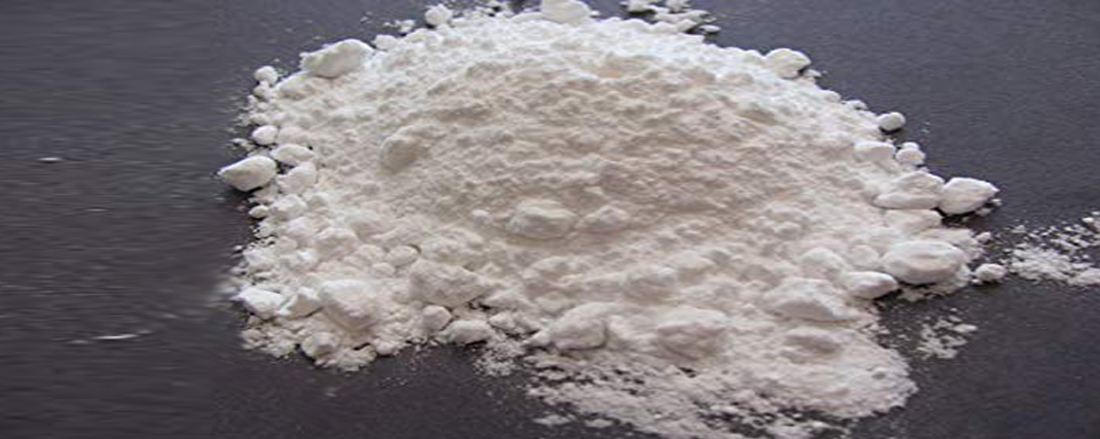COBALT CARBONATE BASIC LR
Colchicine is a historic treatment for gout that has been used for more than a millennium. It is the treatment of choice for Familial Mediterranean Fever and its associated complication, amyloidosis. The 2009 FDA approval of colchicine as a new drug had research consequences. Recent investigations utilizing large cohorts of gout patients who have been taking colchicine for years have demonstrated novel applications within oncology, immunology, cardiology and dermatology. Some emerging dermatologic uses include the treatment of epidermolysis bullosa acquisita, leukocytoclastic vasculitis, aphthous stomatitis and others. In this work we relate the history and the new horizon of this ancient medicine.
Colchicine is widely used in plant breeding by inducing polyploidy in plant cells to produce new or improved varieties, strains and cultivars. When used to induce polyploidy in plants, colchicine cream is usually applied to a growth point of the plant, such as an apical tip, shoot, or sucker.
the recommended dosage of colchicine capsules is 0.6 mg once or twice daily. The maximum dose is 1.2 mg per day.









